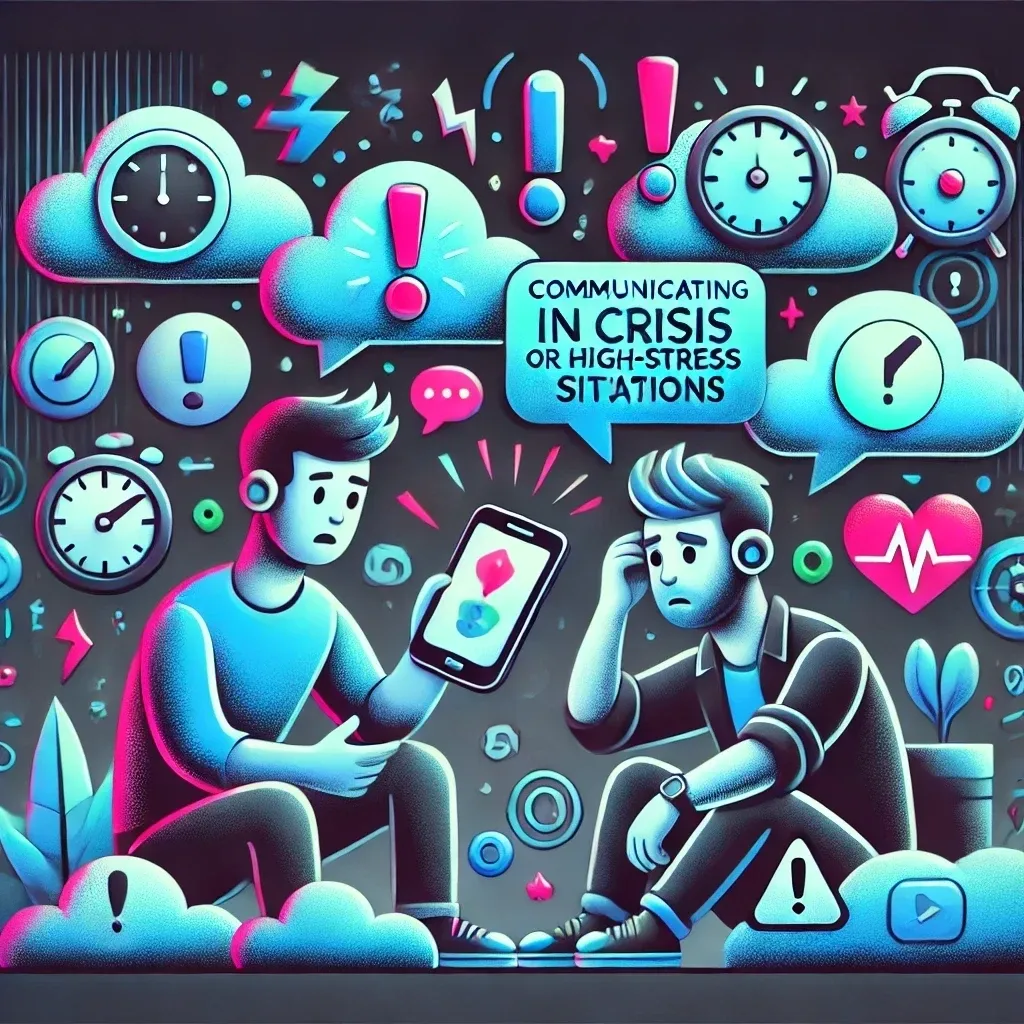Communicating in Crisis or High-Stress Situations
How to communicate effectively when things are on fire.

Crisis situations are where communication either saves the day or lights the whole project on fire. Whether it’s a critical bug in production, a major outage, or an unexpected stakeholder meltdown, how you communicate during high-stress moments decides whether things get resolved quickly—or spiral into meme-worthy chaos. In this article, we’ll walk through how to communicate effectively when things hit the fan—so you can keep your cool and steer the team out of the storm.
Why Crisis Communication Matters
Reduces Panic
When the pressure’s on, emotions run high, and panic spreads faster than a Slack notification storm. Clear, calm communication keeps people from spiraling and helps the team stay focused on finding a solution. When everyone knows what’s happening and what they need to do, there’s no need for frantic guesses. Clear communication keeps chaos in check—like a fire extinguisher for freak-outs.
Builds Trust
Crisis moments either build trust—or burn it to the ground. If stakeholders feel informed and see that you’re managing the situation, they’ll stay on your side. But leave them in the dark, and they’ll start drafting passive-aggressive emails faster than you can say “outage.” Effective communication in stressful situations shows that you’ve got things under control, even when everything feels like it’s on fire.
Ensures Faster Resolution
Crisis mode isn’t the time for “figuring things out on the fly.” Quick thinking, clear instructions, and knowing who’s doing what get you back on track faster. Effective communication ensures nobody’s duplicating efforts while the real issue lurks quietly in the background. Regular updates, clear roles, and open channels keep things moving—so downtime doesn’t become downtime-with-bonus-panic.

Tips for Communicating in Crisis Situations
Stay Calm and Focused
Easier said than done, right? But staying calm is non-negotiable. If you panic, the team will too. Take a deep breath, center yourself, and keep your communication calm and steady—even if your brain is running Windows Vista. Your tone sets the mood: if you sound confident, people will follow your lead (even if you’re faking it).
Provide Regular Updates
Silence in a crisis? That’s basically begging for a meltdown. Even if nothing’s changed, let people know you’re still on it. A simple, “We’re working on it—next update in 30 minutes” works wonders. Mastering asynchronous communication is key, especially if you’ve got people scattered across time zones. Regular updates = fewer panicked calls.
Be Honest About What’s Happening
Don’t sugarcoat. If things are bad, say so. People appreciate honesty—and they really hate finding out later that things were worse than you let on. Be upfront about the problem, what’s being done to fix it, and what the impact will be. Communicating with empathy helps soften the blow, especially if the news is a bit grim.
Assign Clear Roles and Actions
In a crisis, there’s no time for guessing games. Assign clear roles so two people don’t accidentally fix the same thing—while the real issue quietly smolders in the background. Make sure everyone knows what they’re responsible for and how it fits into the solution. Collaborating effectively with stakeholders ensures everyone pulls their weight without stepping on each other’s toes.
Follow Up After the Crisis
Once the dust settles, follow up to figure out what went wrong and how to avoid it next time. This isn’t about finger-pointing—it’s about learning from the experience and preparing for the next storm. Communicating feedback constructively helps turn a crisis into a valuable lesson instead of just a horror story.
Conclusion
Communicating effectively during a crisis is all about staying calm, being clear, and keeping everyone in the loop. Provide regular updates, be honest about what’s going on, assign clear roles, and follow up afterward. When done right, a crisis can actually build trust, strengthen the team, and improve processes for next time. So, take a deep breath, communicate clearly, and remember: everything is figureoutable—even when it feels like the universe is testing you.




